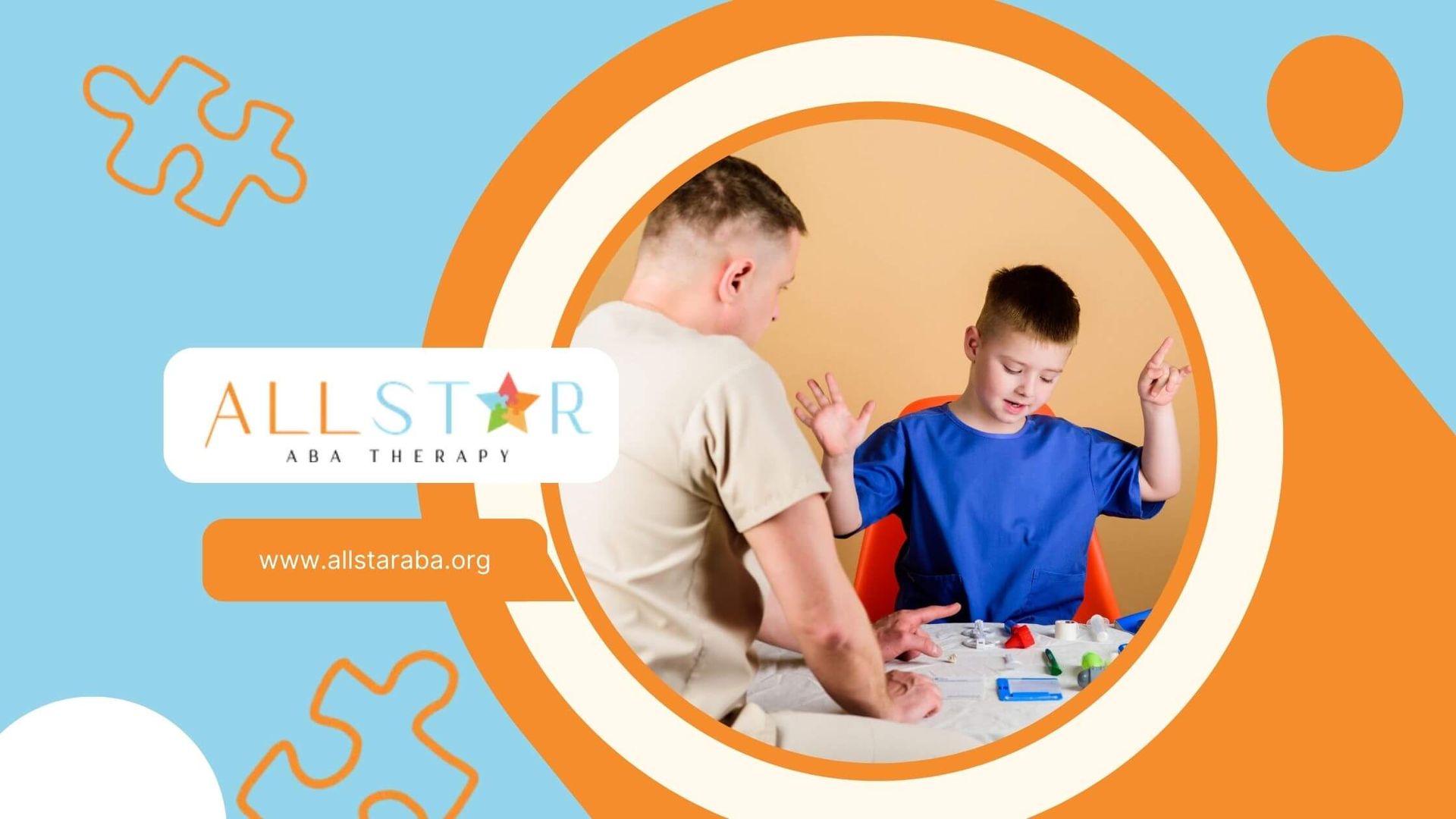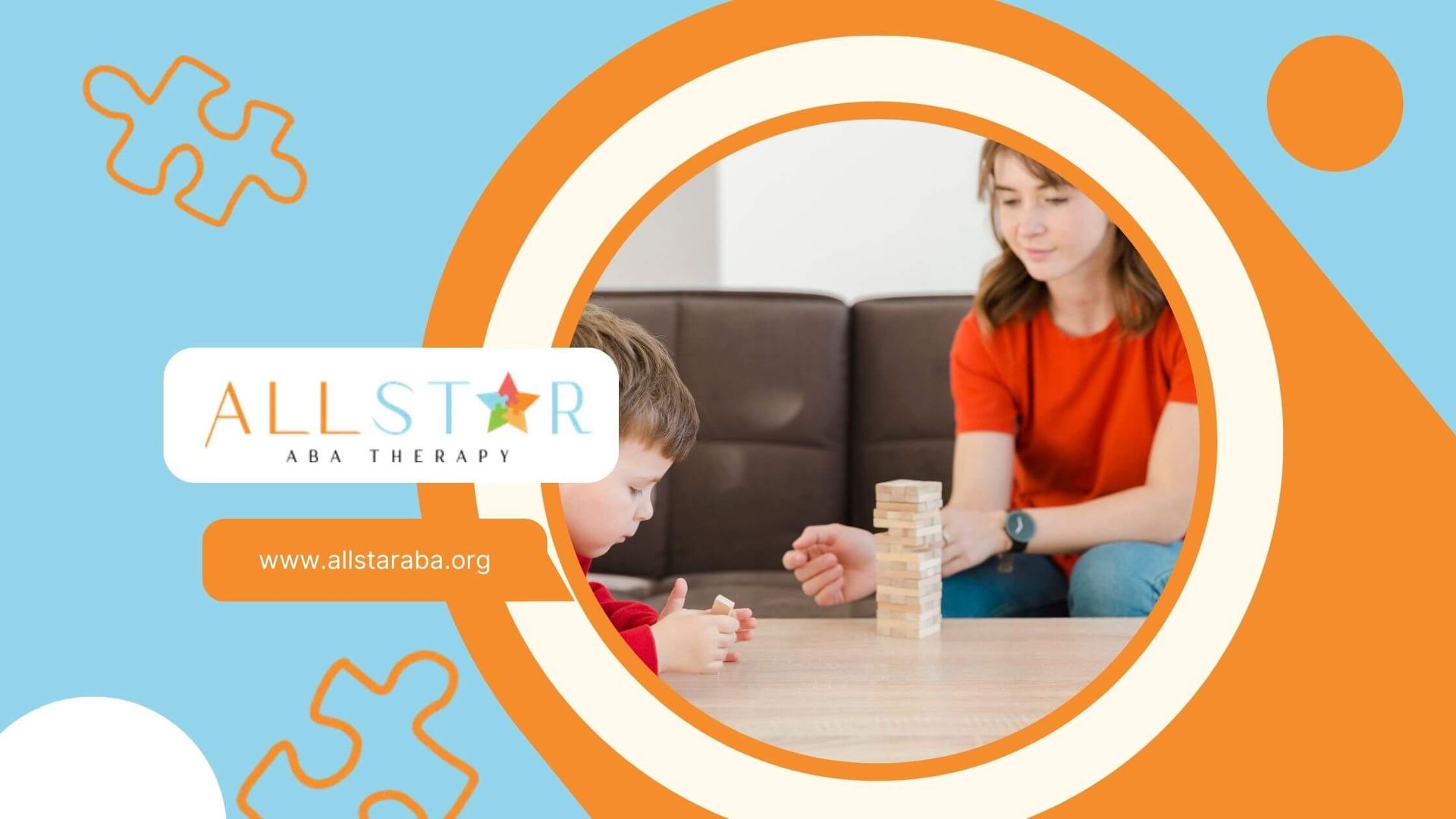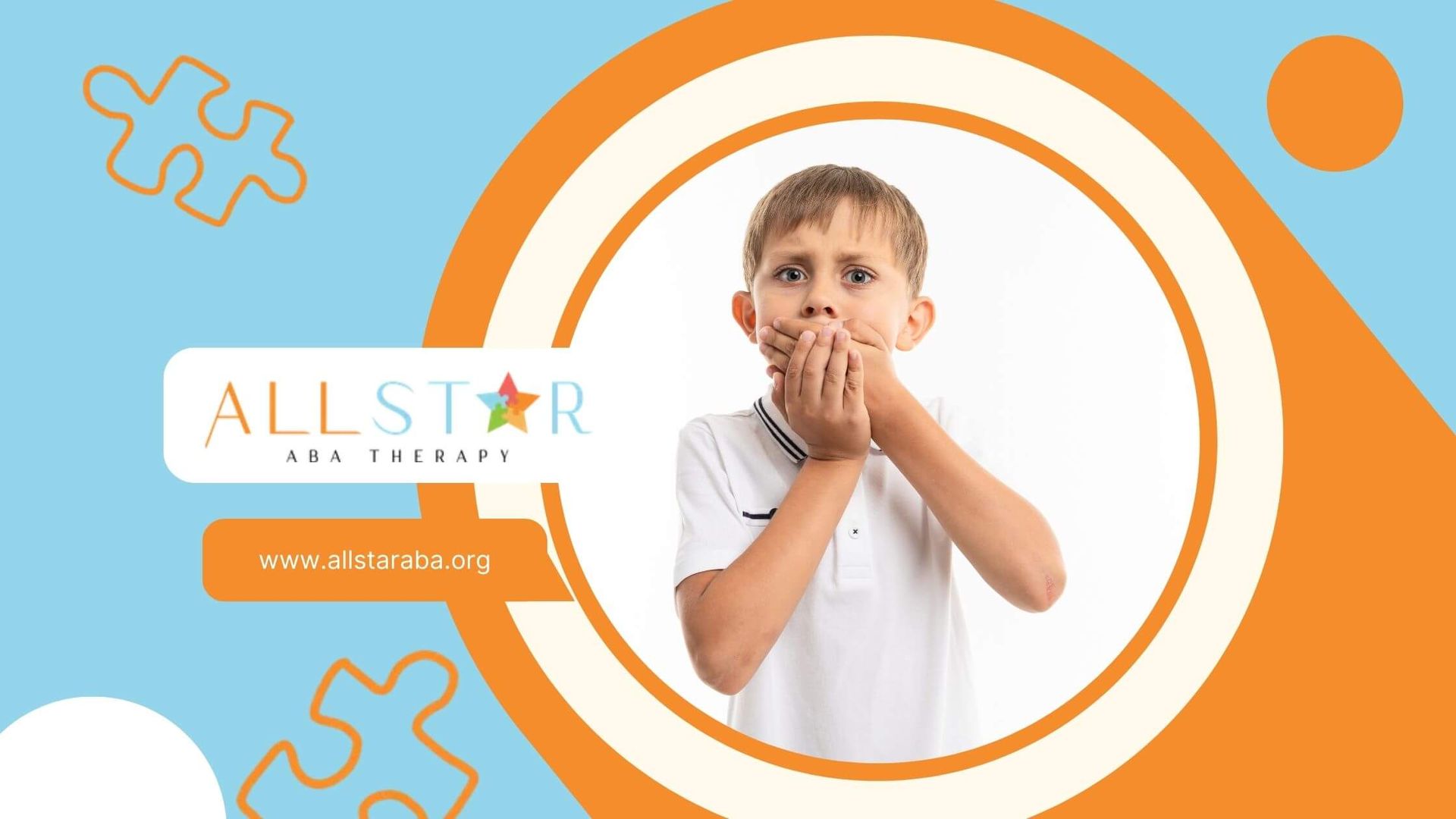New Paragraph
Understanding Texting Habits of Autistic People
Navigating the intricacies of social interactions can be particularly challenging for autistic people. While challenges with social skills are often associated with in-person interactions, they can also surface within the context of digital communication like texting. This blog post aims to shed light on the texting habits of autistic people, address potential communication hurdles, and guide you on fostering more meaningful text-based conversations.
Exploring the Texting Preferences of Autistic Individuals
Autistic individuals may exhibit diverse communication styles, and these differences can become particularly apparent in text messaging. Some autistic people find texting to be a more comfortable mode of communication compared to face-to-face interactions.
This preference often stems from the opportunity texting provides to carefully process and articulate thoughts without the pressure of immediate responses. Texting can offer a sense of control and predictability that might be absent in spontaneous verbal exchanges.
The Significance of Text Messaging in Autistic Communication
For many autistic individuals, text messages become a valuable tool for navigating social interactions and expressing themselves more effectively. The asynchronous nature of text messaging allows for thoughtful responses and can mitigate the anxiety associated with real-time communication.
Text messages also strip away the complexities of nonverbal cues like facial expressions and body language, which can often be misconstrued or overwhelming for autistic people. This simplicity can make communication clearer and more straightforward.
Moreover, text messaging offers a sense of permanency that verbal conversations lack. Autistic individuals can refer back to previous messages to clarify information or review the flow of the conversation, which can be especially helpful for those who may struggle with memory recall.
Common Challenges and Solutions in Texting for Autistic People
Despite the advantages, autistic people might also encounter challenges within the realm of text-based interactions:
- Misinterpreting Tone: The absence of vocal inflections and body language in text messaging can make it challenging to decipher tone, leading to misunderstandings.
- Managing Sensory Overload: Excessive notifications or rapid-fire messaging can contribute to sensory overload for some autistic individuals.
- Navigating Social Cues: Subtle social cues that are easily understood in verbal conversations, such as sarcasm or humor, can be difficult to convey and interpret in text.
To navigate these challenges:
- Encourage direct communication: Encourage the use of emoticons to convey emotions explicitly.
- Respect pacing preferences: Be mindful of response times and avoid sending an overwhelming volume of messages.
- Clarify misunderstandings: When humor or sarcasm is intended, clearly label it as such to avoid misinterpretations.
The Role of Technology in Enhancing Communication for Autistic Individuals
Technology plays a significant role in enhancing communication for autistic individuals, offering diverse platforms and tools catering to different communication styles and preferences. By carefully selecting and customizing these tools, individuals can optimize their communication experience and minimize potential barriers.
Beyond text messaging, various apps and software programs are specifically designed to support the communication needs of autistic people, offering visual aids, alternative input methods, and features that promote clarity and understanding.
Selecting the Right Communication Tools and Platforms
Choosing the most effective communication tools should be guided by the individual's specific needs and preferences. For instance, if your autistic friend struggles with social anxiety in group settings, suggesting a video call might be less suitable than a text-based chat platform.
Consider communication differences when choosing platforms. Some autistic individuals may excel in written communication, finding platforms with robust text-based features most comfortable. Others might benefit from visual communication aids such as emojis, GIFs, or image-sharing options.
Remember that technology should be an empowering tool that facilitates communication rather than a source of stress or confusion. It is essential to involve the autistic individual in the selection process and adapt choices based on their feedback.
Customizing Communication Apps to Suit Individual Needs
Many communication apps offer flexibility and customization options to create a more tailored experience. For autistic people who are sensitive to sensory overload, adjusting notification settings can minimize distractions. Features like customizable backgrounds and font sizes cater to visual preferences.
Neurotypical people often seamlessly adapt to the default settings of social media platforms and messaging apps. However, for autistic individuals, these default settings might not always align with their sensory sensitivities or communication styles.
| Feature | Customization Option | Benefit for Autistic People |
|---|---|---|
| Notifications | Frequency, sound, visual cues | Reduced sensory overload from excessive alerts |
| Display | Brightness, contrast, font size | Improved readability and reduced eye strain |
| Sound | Volume control, sound themes | Minimizing auditory distractions and sensory discomfort |
Strategies for Effective Text Communication with Autistic People
Communicating effectively with autistic individuals via text requires understanding and adaptation. By implementing a few simple strategies, you can foster smoother interactions and reduce the likelihood of misunderstandings.
At its core, effective communication hinges on clarity, empathy, and a willingness to adapt your approach to accommodate the unique communication styles of autistic people.
Tips for Clear and Concise Messaging
When engaging in text conversations with someone on the autism spectrum disorder, prioritize clarity and directness. Using concise language and avoiding figures of speech can minimize the risk of confusion.
Be mindful of the potential for misinterpreting tone in text-based communication. If a message could be perceived in multiple ways, it's generally best to err on the side of caution and choose clear, unambiguous wording.
Remember that brevity is your ally in achieving clarity. While lengthy messages can be overwhelming for anyone, they can be particularly challenging for individuals with autism who might process information differently.
Understanding and Respecting Boundaries in Digital Conversations
Just as in face-to-face interactions, respecting boundaries is essential in digital communication with autistic individuals. While social cues might not be as readily apparent online, it's crucial to be mindful of the other person's communication preferences.
If an autistic individual takes longer to respond or prefers shorter conversations, it's important to respect their pacing and avoid pressuring them for immediate replies. Pushing someone beyond their comfort zone can lead to anxiety and make them hesitant to engage in future conversations.
Remember, open communication is key. If you're unsure about appropriate boundaries or how to best support the other person's communication style, don't hesitate to ask!
Conclusion
In conclusion, texting can be a unique communication tool for individuals with autism, offering a comfortable way to express thoughts and emotions. With the right autism treatment therapy, individuals can develop stronger social and communication skills, making digital interactions more meaningful. Seeking expert guidance can help navigate these challenges—explore trusted therapy options today!
Choosing the right ABA therapy for your child is a significant decision, and All Star ABA is here to guide you every step of the way. As the leading ABA provider in Maryland, we specialize in personalized, evidence-based interventions designed to help children thrive. Our expert team works closely with families to create individualized treatment plans that foster meaningful progress in communication, behavior, and social skills. Let us support your journey—connect with us today to find the best path forward for your child!
Frequently Asked Questions
What Makes Texting a Preferred Method of Communication for Some Autistic People?
For individuals with autism, texting can be a less overwhelming communication style compared to face-to-face interactions, as it mitigates the challenges of interpreting social cues and navigating potential sensory overload.
Do people with autism like texting?
While preferences vary, some autistic individuals find text messages preferable to face-to-face interactions because texting reduces social anxiety and allows for controlled communication.
What are common obsessions in autism?
Autistic people often have intense interests, not obsessions, and these vary greatly from person to person. It's important to avoid using idioms and focus on literal language when interacting with autistic individuals, as social cues and body language can be difficult to interpret.
Need Support?
We're Here to Help!
Our experienced team is ready to assist you. Reach out today to discuss how we can support your child's development and well-being.
Get started with expert ABA therapy today.








